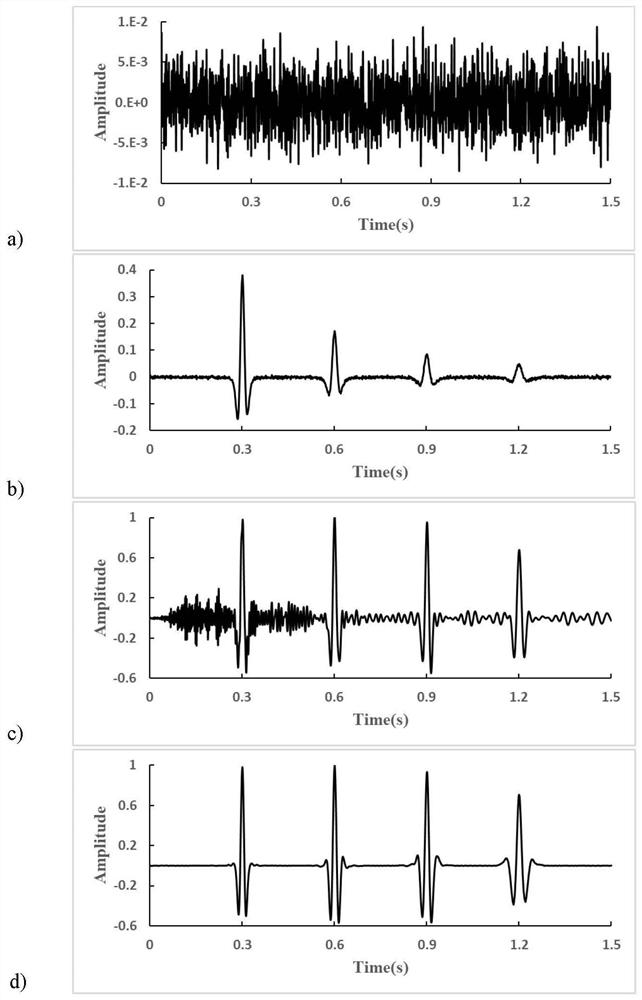A Seismic Data Processing Method Based on Adaptive Gain-Limited Inverse-Q Filtering
An adaptive gain, seismic data technology, applied in seismic signal processing, seismology, geophysical measurement and other directions, can solve the problem of amplifying high-frequency noise, etc., to ensure flexibility, ensure high efficiency and stability, and ensure accuracy Effect
- Summary
- Abstract
- Description
- Claims
- Application Information
AI Technical Summary
Problems solved by technology
Method used
Image
Examples
Embodiment Construction
[0051] The technical solutions of the present invention will be described in detail below with reference to the accompanying drawings, but the scope of the invention is not limited to the following.
[0052] The present invention performs a time-frequency analysis of seismic data to obtain the cutoff frequency of the effective frequency band, calculates the adaptive gain limit according to the cutoff frequency of the active frequency band, and then determines the amplitude compensation function of the method, select the frequency domain, or the time-frequency domain implementation method, The time domain signal after the adaptive gain limit can be obtained for the input signal.
[0053] Basic idea of seismic data processing method based on adaptive gain limit anti-Q filtering: If there is no absorption attenuation of the formation Q effect, deep, shallow reflection wave has waveform similarity; formation Q effect makes the frequency of seismic waves at different times The ingred...
PUM
 Login to View More
Login to View More Abstract
Description
Claims
Application Information
 Login to View More
Login to View More - R&D
- Intellectual Property
- Life Sciences
- Materials
- Tech Scout
- Unparalleled Data Quality
- Higher Quality Content
- 60% Fewer Hallucinations
Browse by: Latest US Patents, China's latest patents, Technical Efficacy Thesaurus, Application Domain, Technology Topic, Popular Technical Reports.
© 2025 PatSnap. All rights reserved.Legal|Privacy policy|Modern Slavery Act Transparency Statement|Sitemap|About US| Contact US: help@patsnap.com



